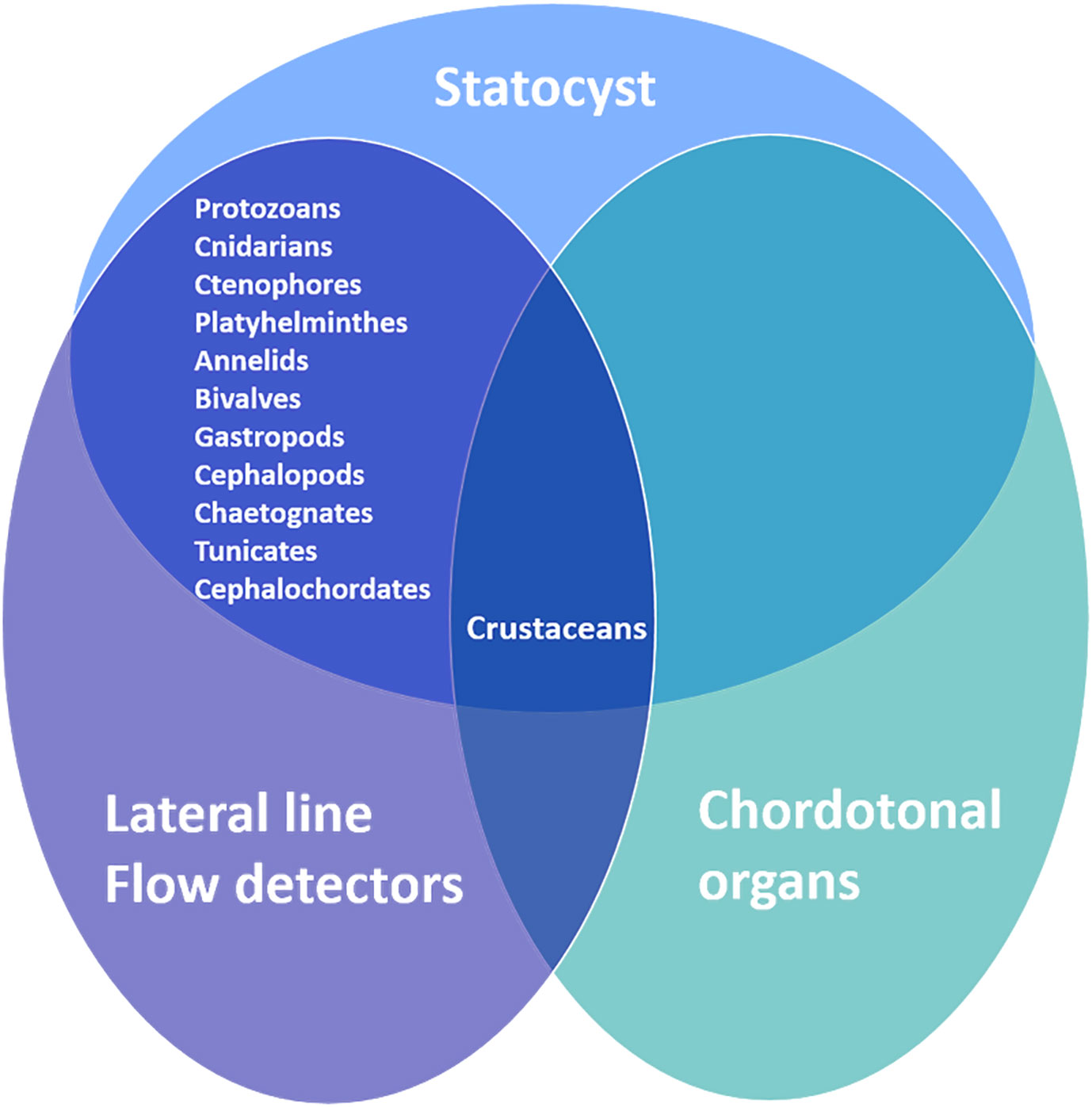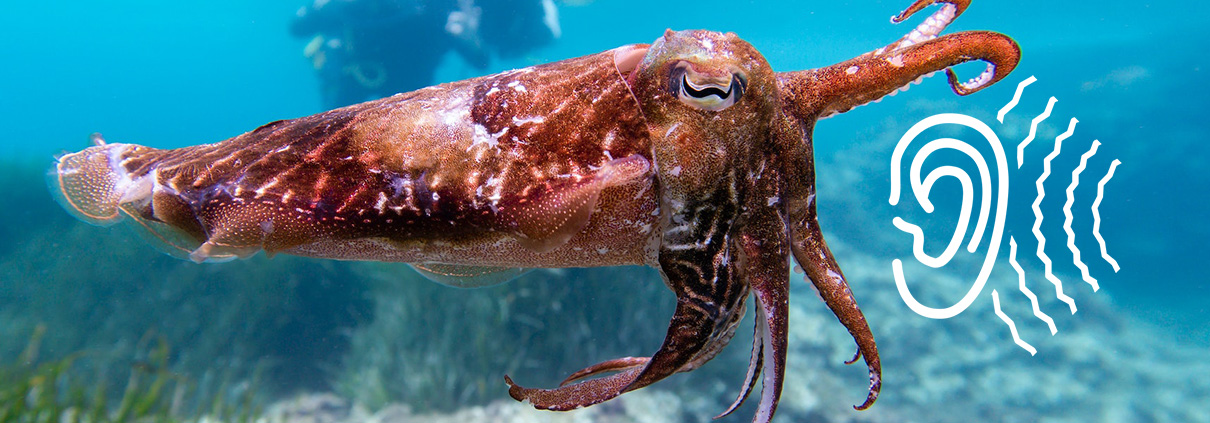Marine invertebrates and noise
Abstract
Within the set of risk factors that compromise the conservation of marine biodiversity, one of the least understood concerns is the noise produced by human operations at sea and from land. Many aspects of how noise and other forms of energy may impact the natural balance of the oceans are still unstudied. Substantial attention has been devoted in the last decades to determine the sensitivity to noise of marine mammals—especially cetaceans and pinnipeds—and fish because they are known to possess hearing organs. Recent studies have revealed that a wide diversity of invertebrates are also sensitive to sounds, especially via sensory organs whose original function is to allow maintaining equilibrium in the water column and to sense gravity. Marine invertebrates not only represent the largest proportion of marine biomass and are indicators of ocean health but many species also have important socio-economic values. This review presents the current scientific knowledge on invertebrate bioacoustics (sound production, reception, sensitivity), as well as on how marine invertebrates are affected by anthropogenic noises. It also critically revisits the literature to identify gaps that will frame future research investigating the tolerance to noise of marine ecosystems.

Figure 4 : Marine Invertebrate sound sensory systems.
Highlights
(1) We reported on the current scientific knowledge on marine invertebrate bioacoustics (detection and production of sound) and their responses (physical, physiological and behavioural effects) to anthropogenic noise at different life stages, population and ecosystem levels. Although the impact of noise pollution in marine invertebrates is understudied, an exhaustive and systematic revision of literature provided evidence that anthropogenic noise is detrimental not only to these species but also to the natural ecosystems they inhabit.
(2) Considering that the effects of noise can be elicited from cellular to ecosystems level, the understanding of noise impact requires an interdisciplinary expertise to embrace a holistic vision of the problem.
(3) Further research must include a detailed protocol that would ideally provide not only accurate acoustic metrics and methods, but also long-term experiments, cumulative effects, gradients of noise exposure, potential recovery from chronic noise in a variety of taxonomic groups and noise sources.
(4) Multiple stressors effects have to be considered when assessing potential impacts of noise exposure.
(5) This review represents a valuable reference to provides guidance to natural resource managers when evaluating anthropogenic noise effects and developing future operations at temporal and spatial scales that are relevant to oceanic ecosystems.
Reference
Sole´ M, Kaifu K, Mooney TA, Nedelec SL, Olivier F, Radford AN, Vazzana M, Wale MA, Semmens JM, Simpson SD, Buscaino G, Hawkins A, Aguilar de Soto N, Akamatsu T, Chauvaud L, Day RD, Fitzgibbon Q, McCauley RD and Andre´ M. (2023) Marine invertebrates and noise. Front. Mar. Sci. 10:1129057. doi: 10.3389/fmars.2023.1129057







